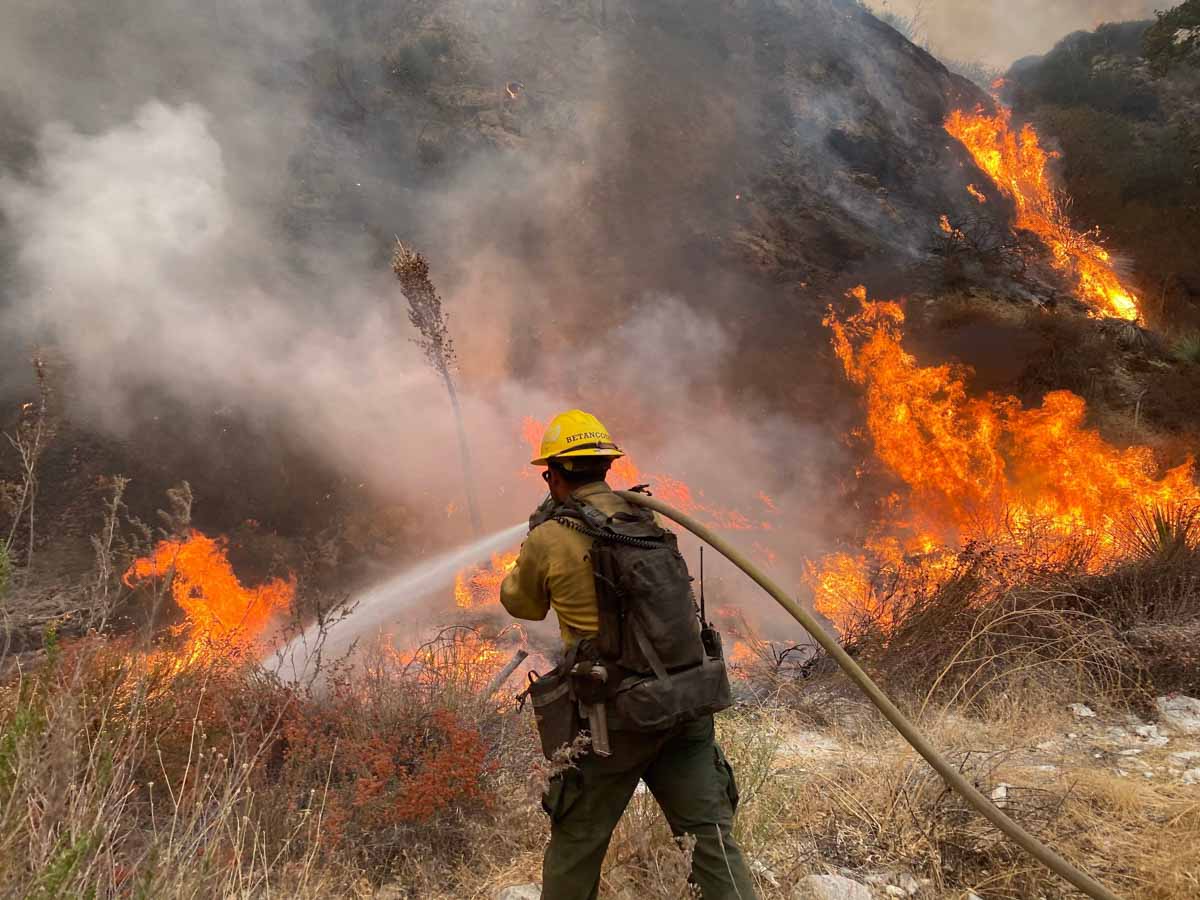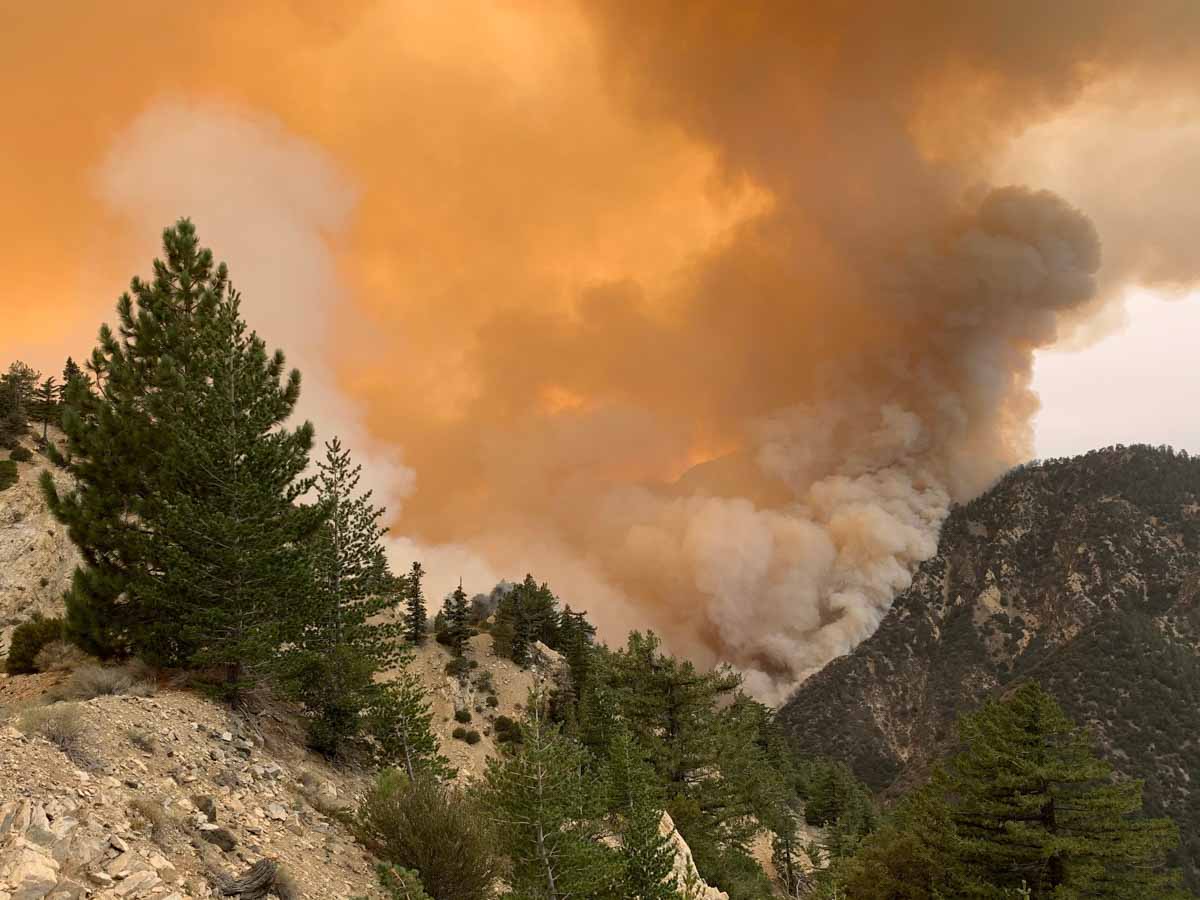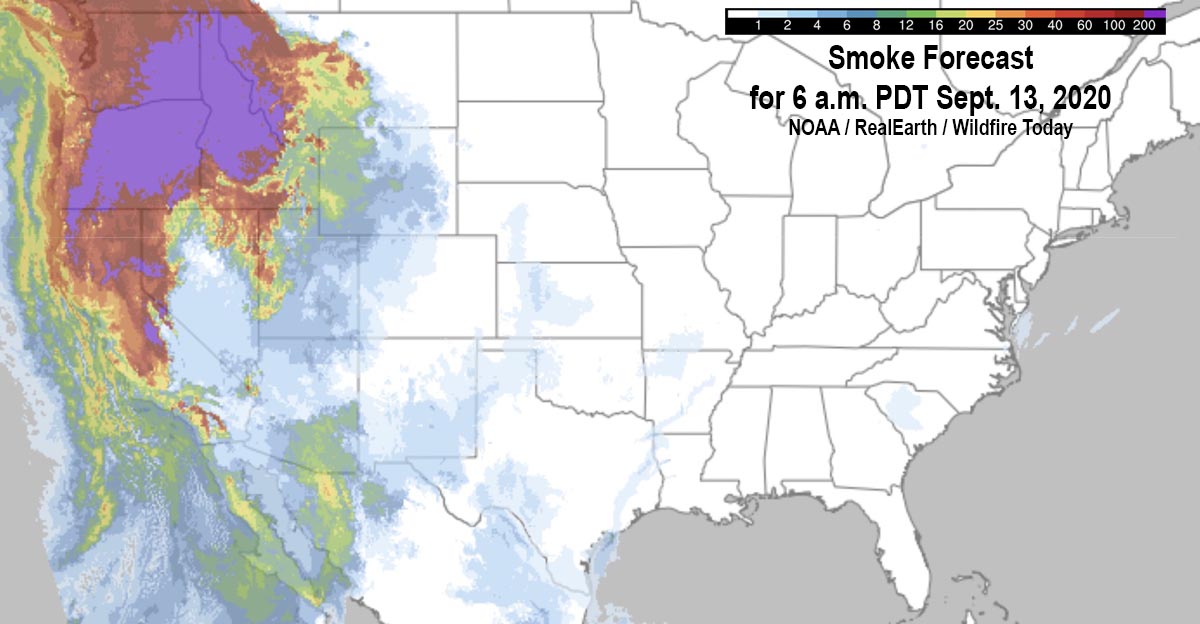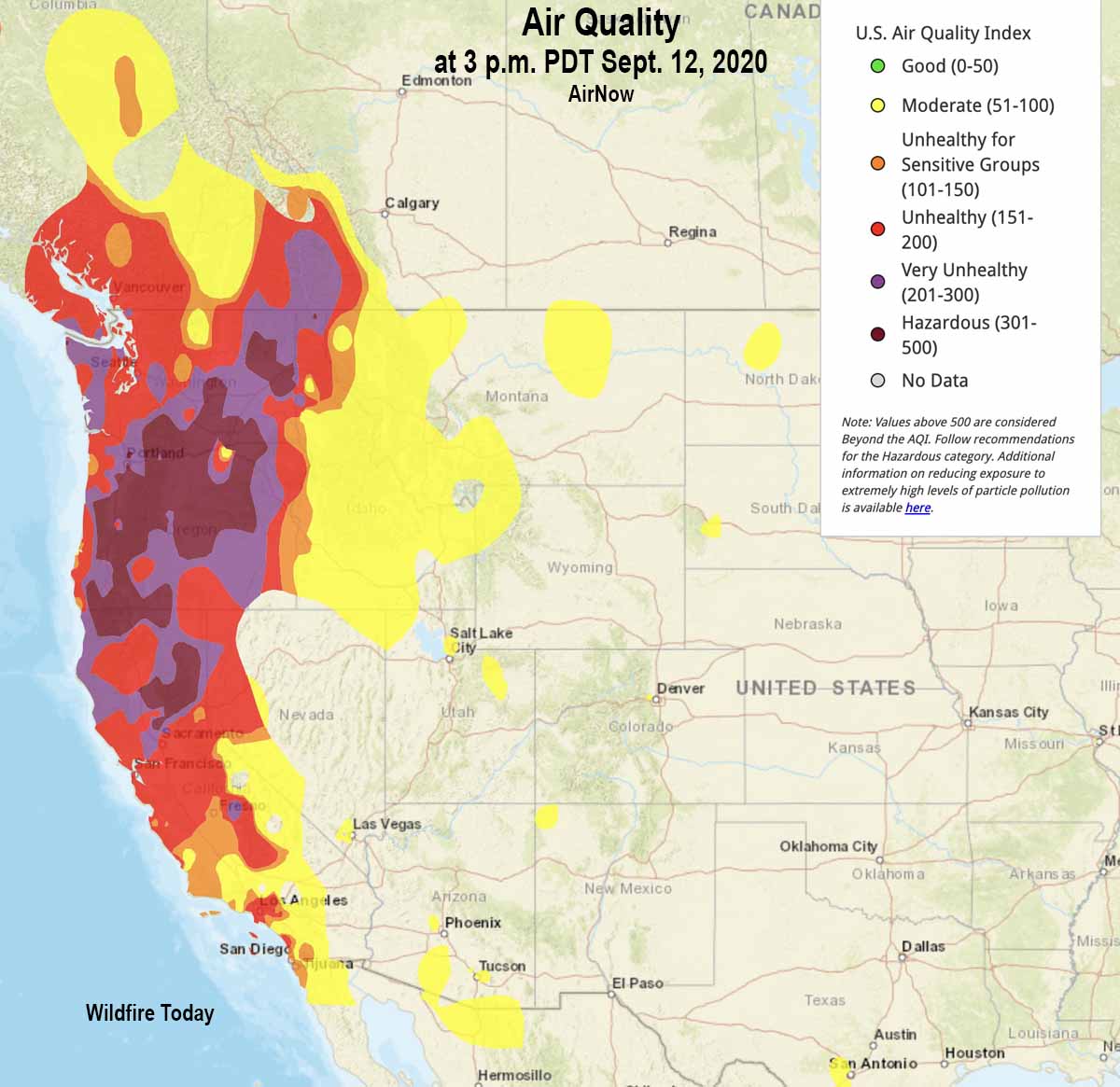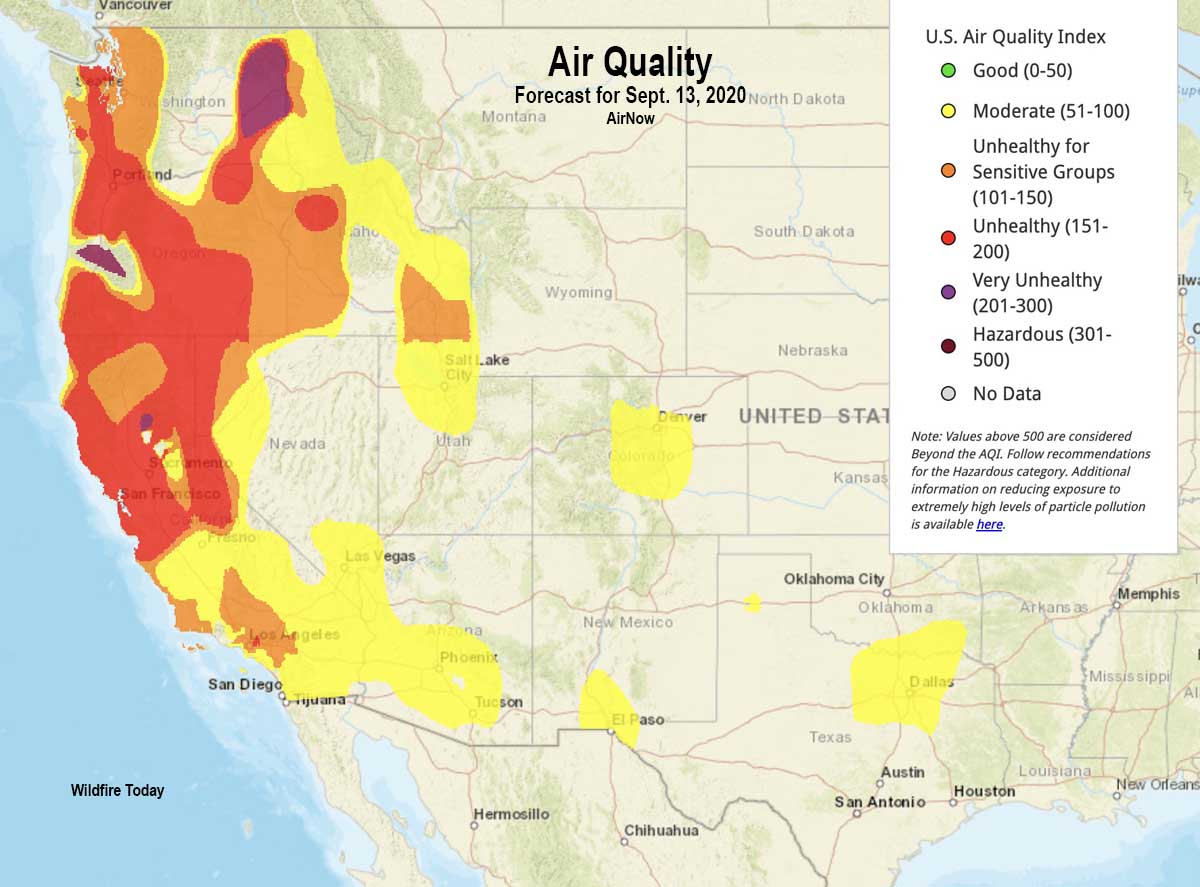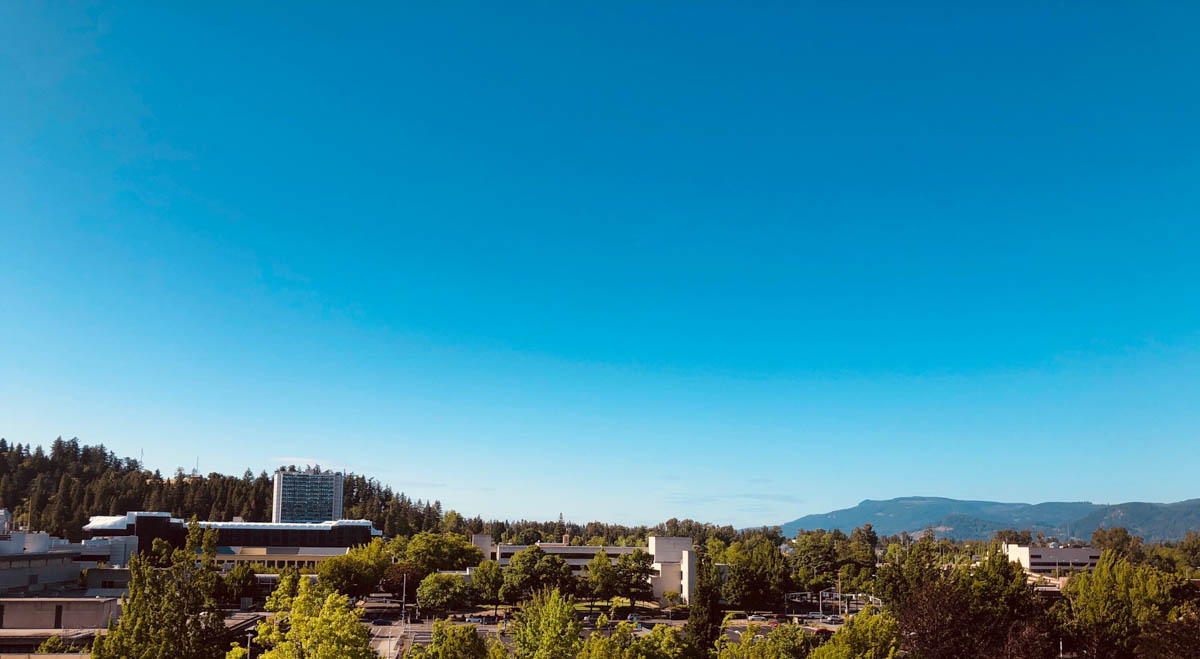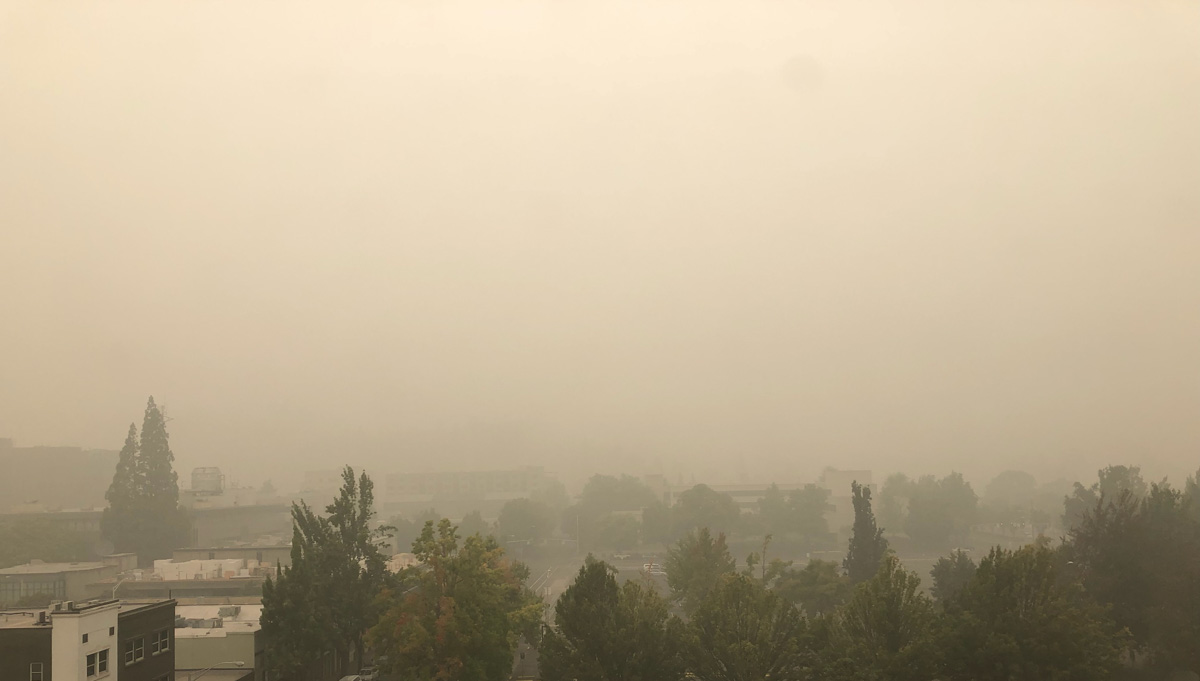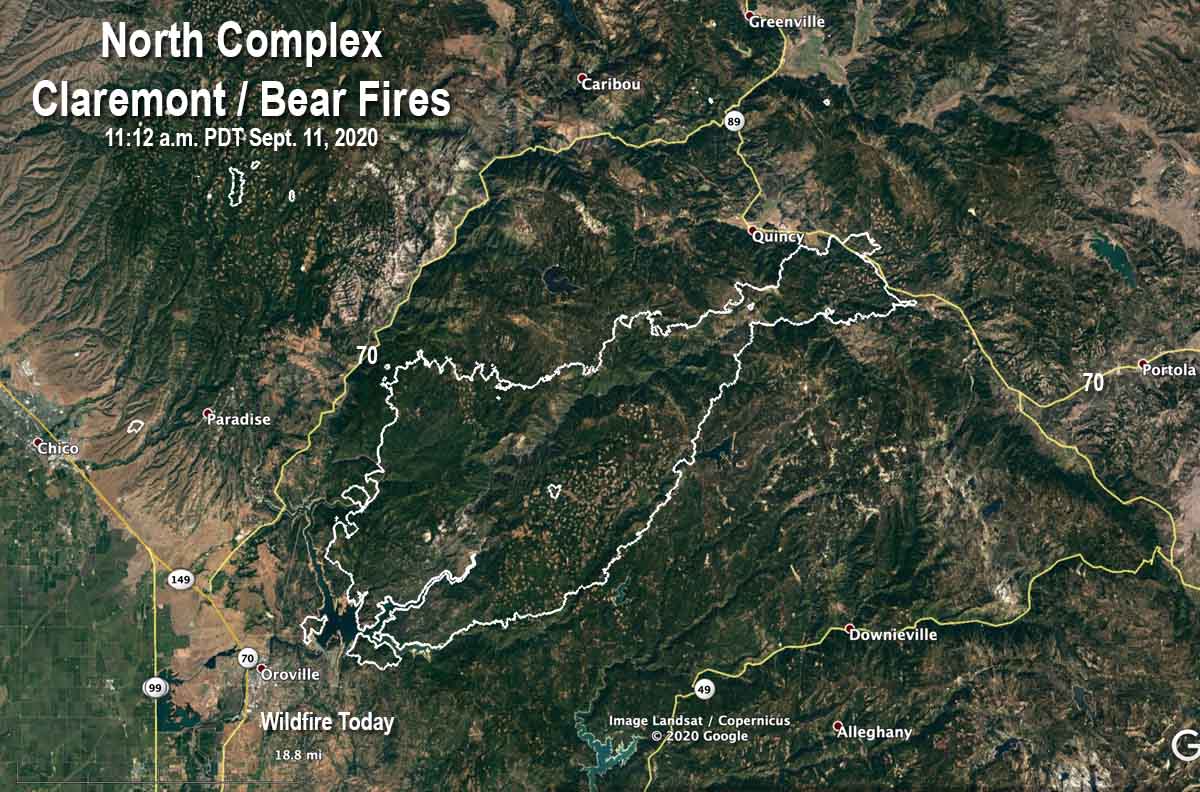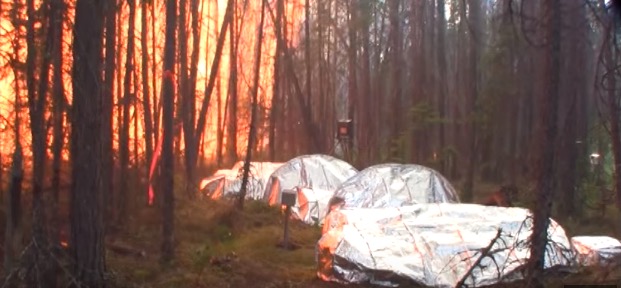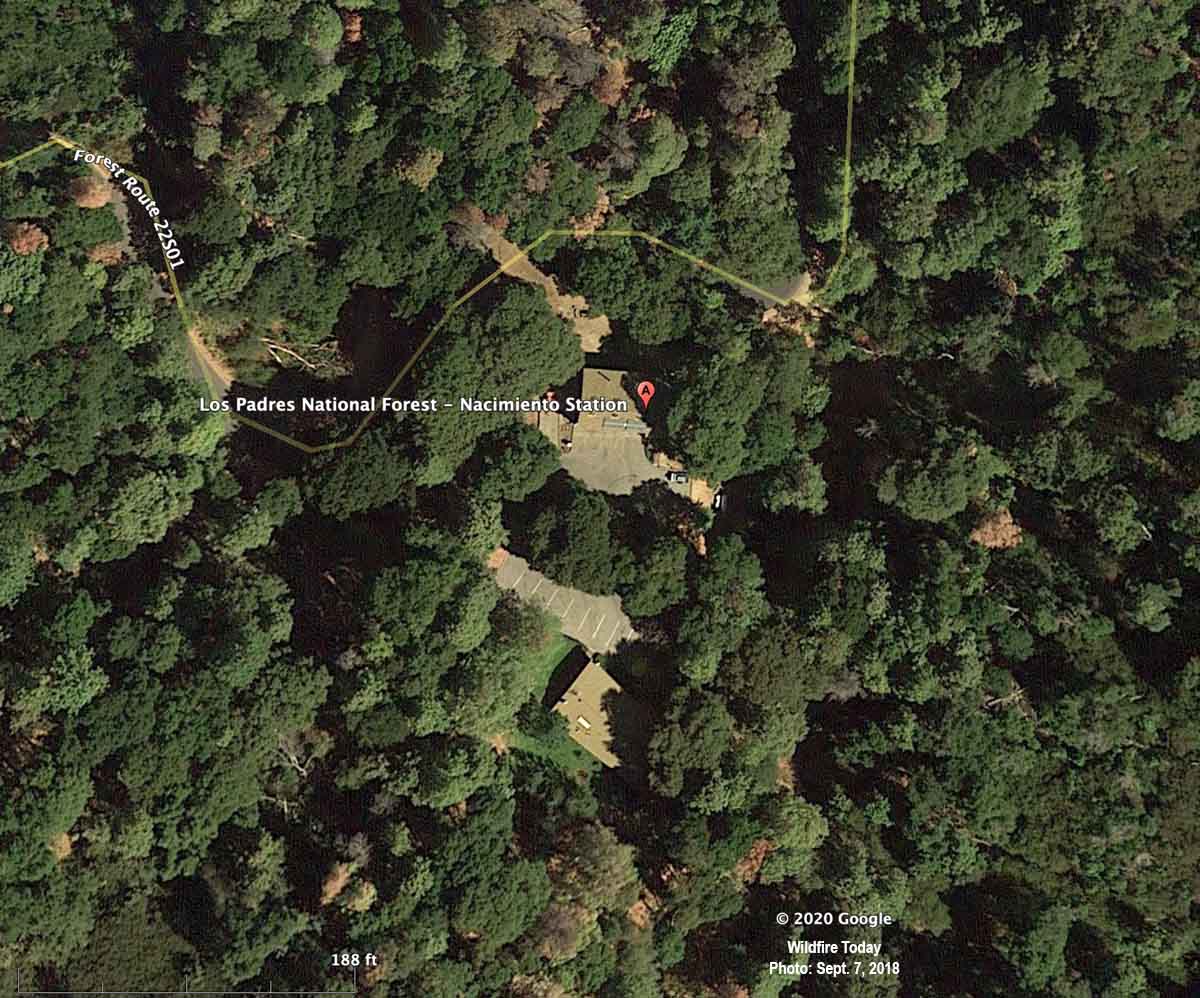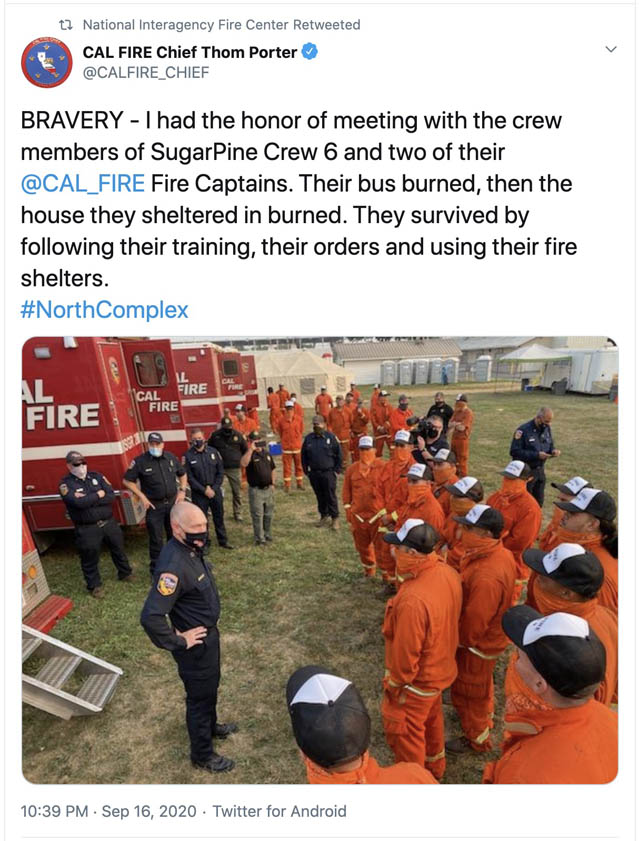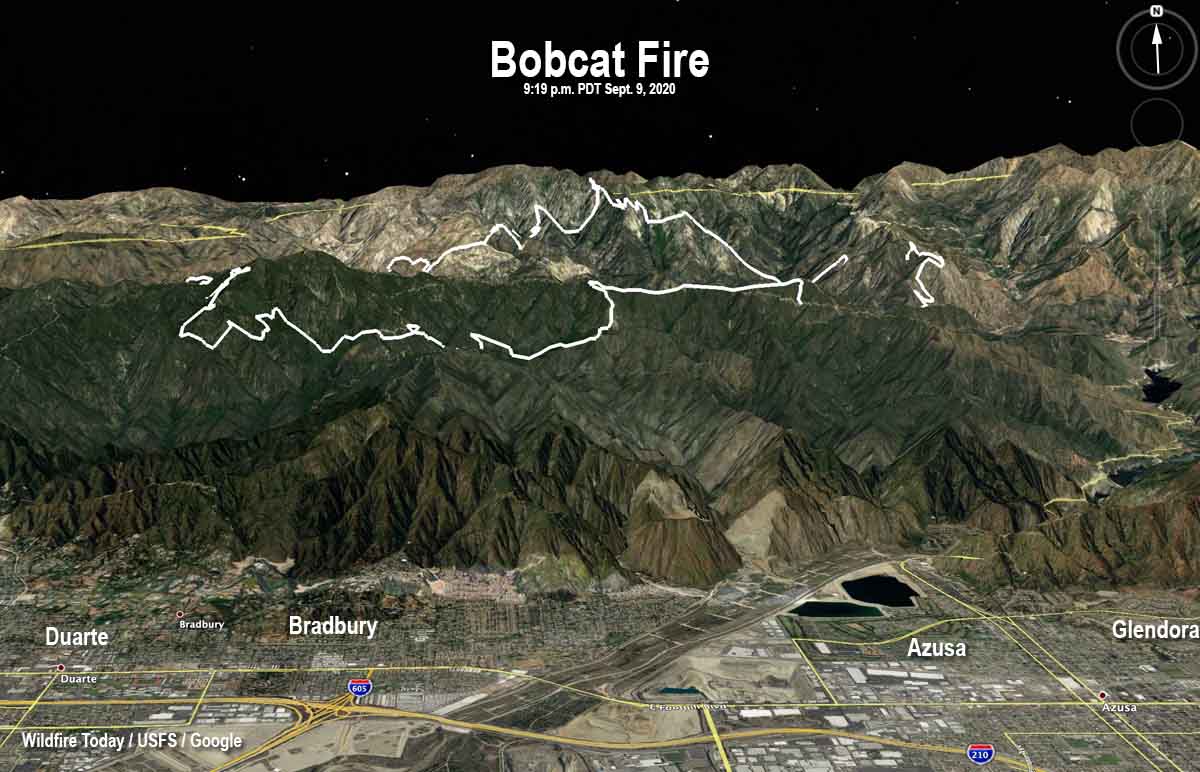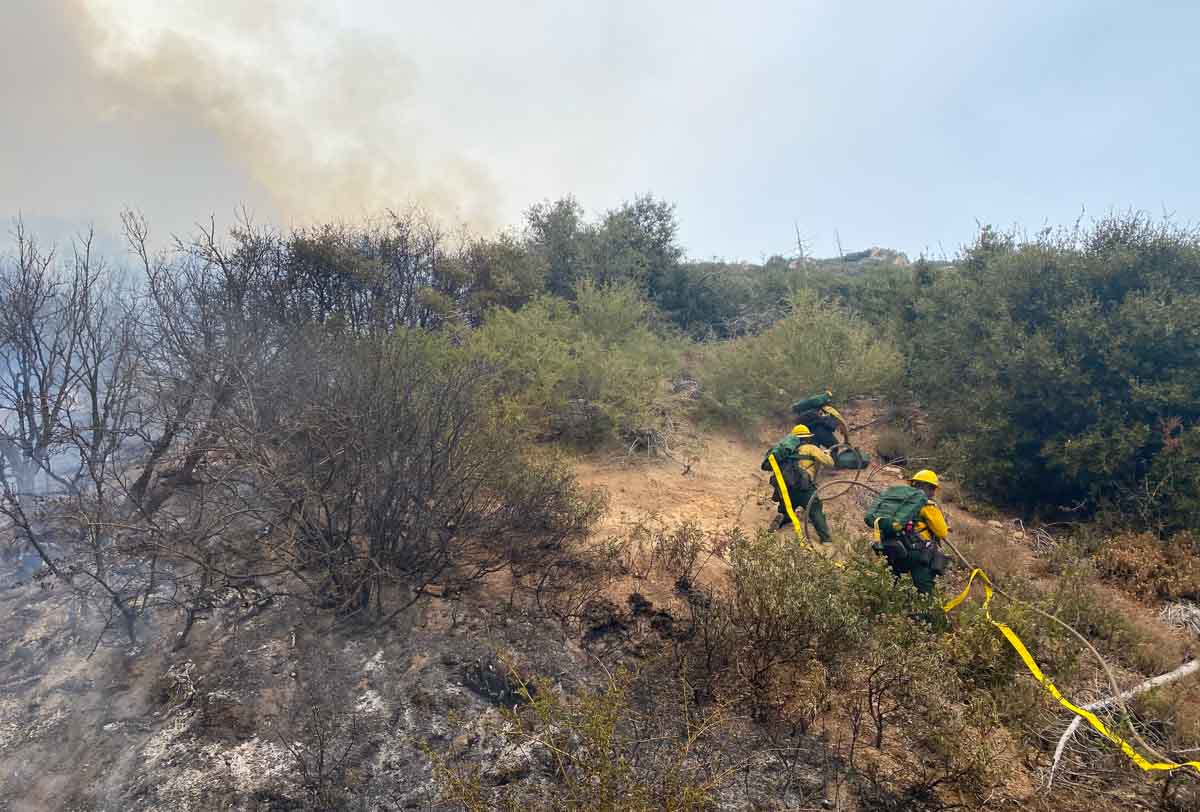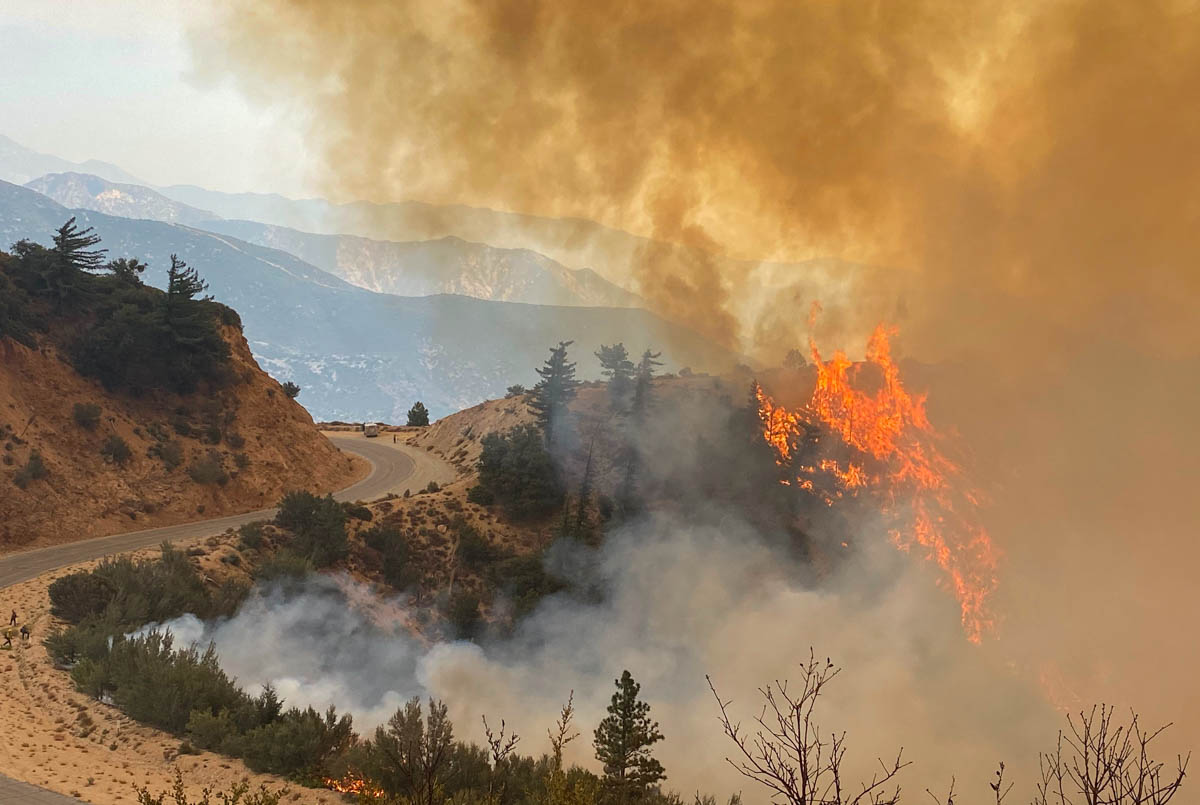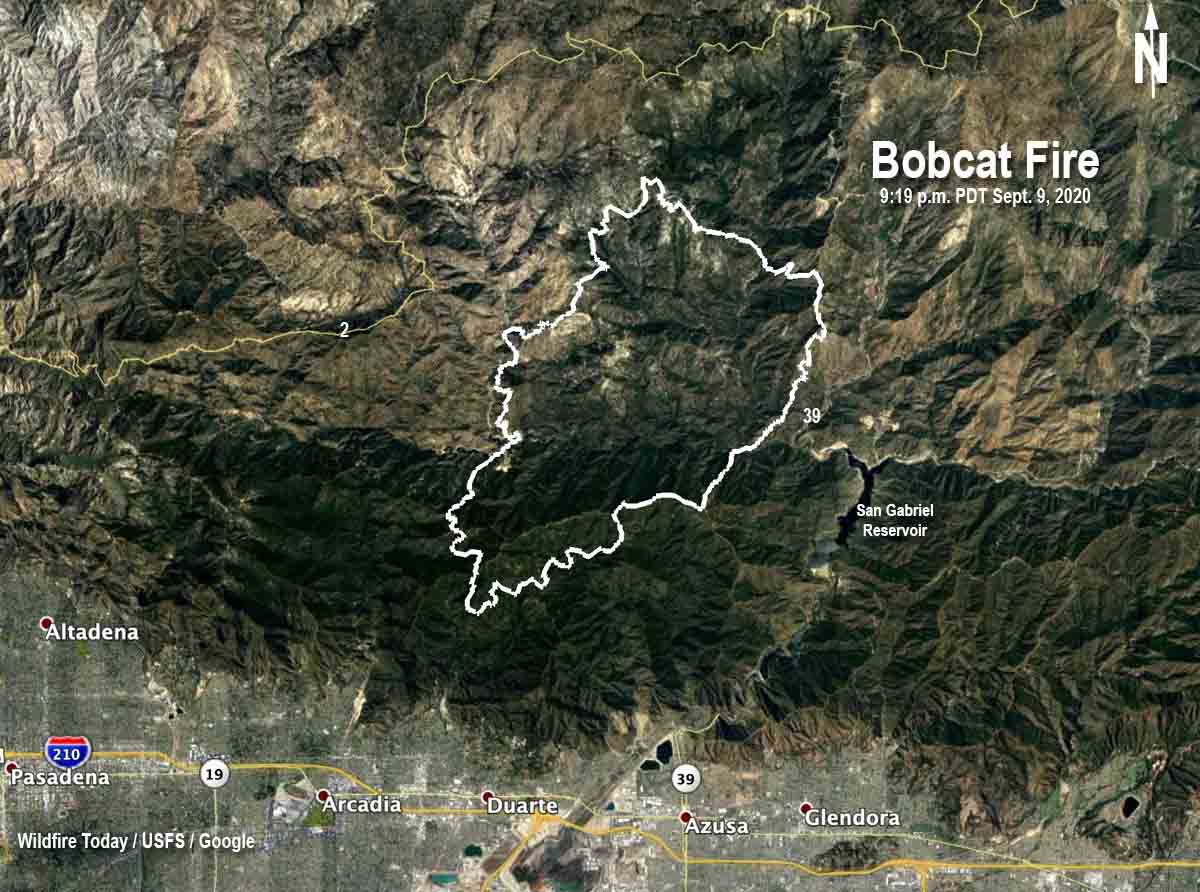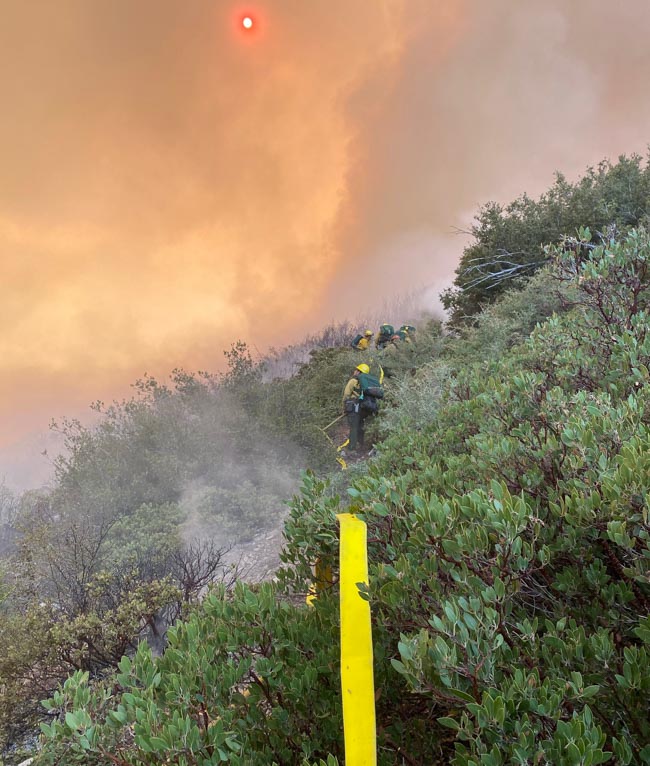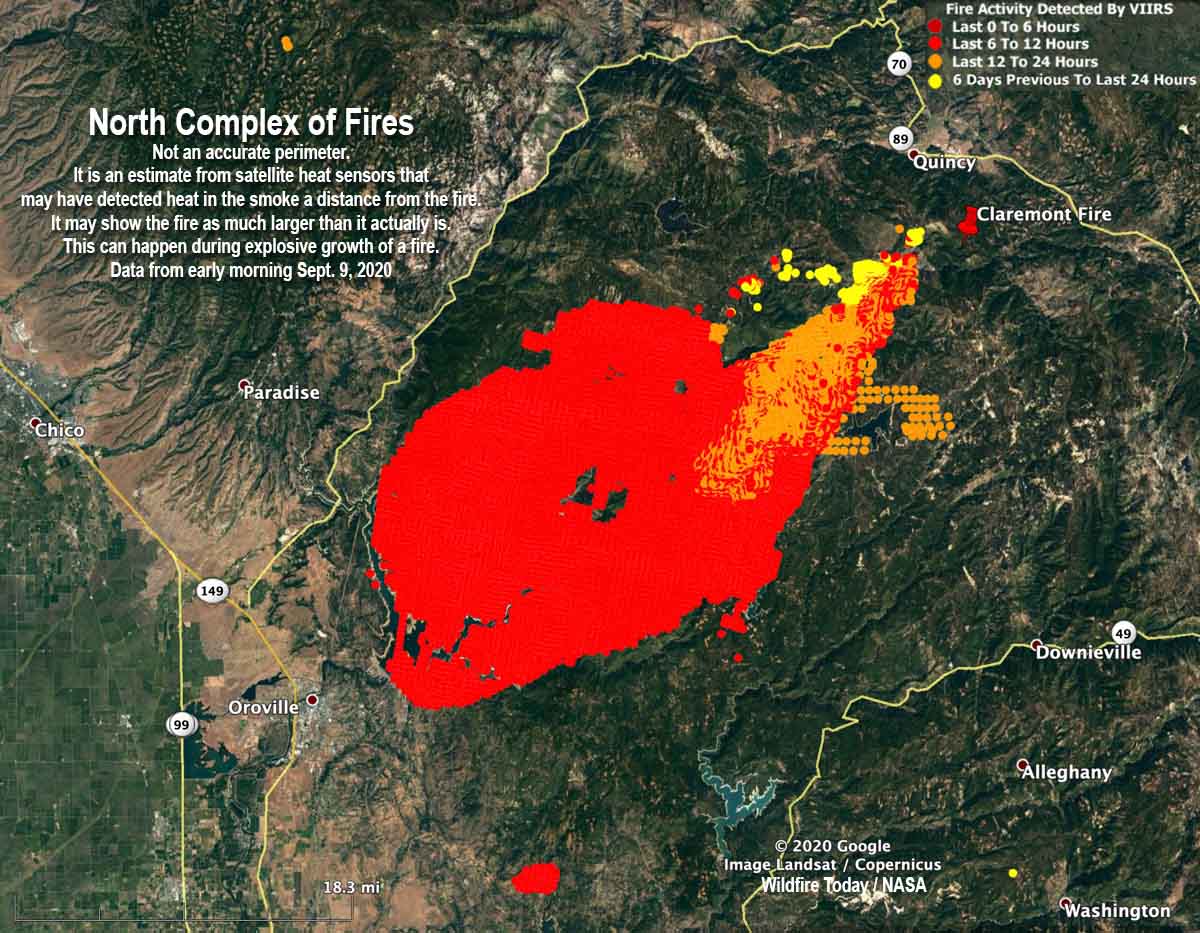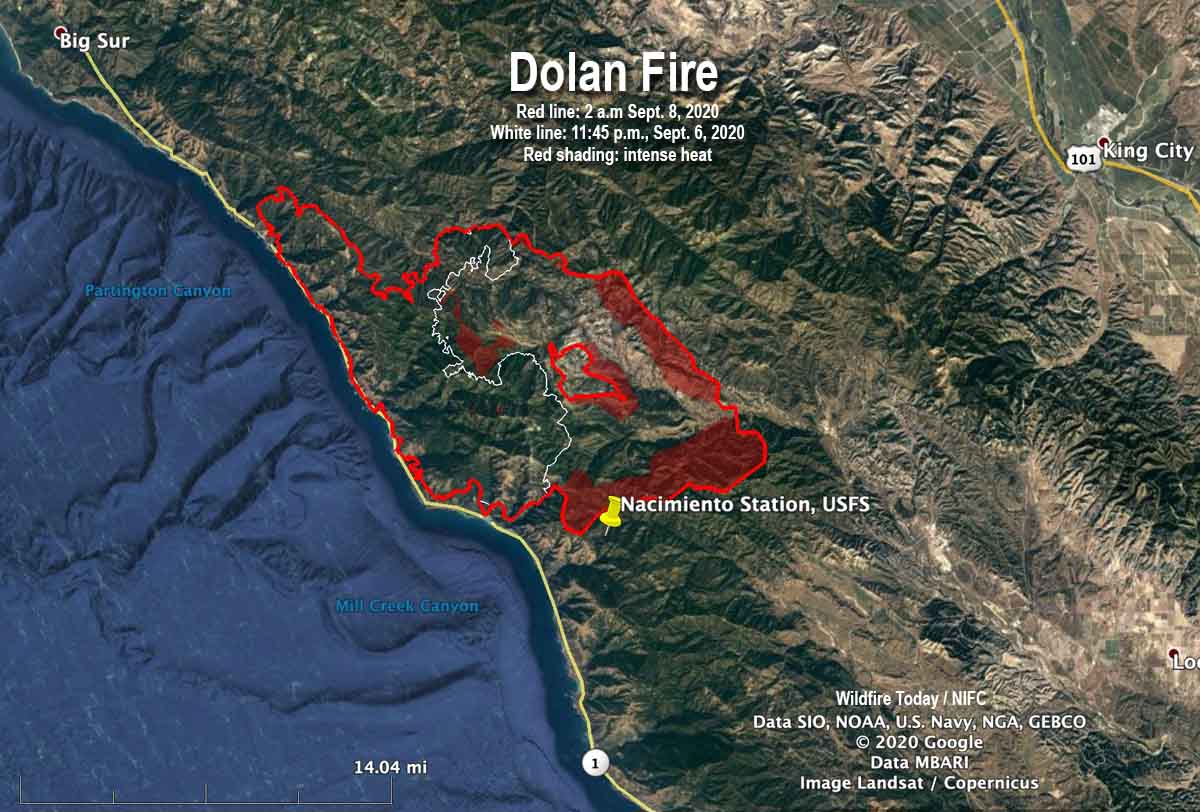Updated September 13, 2020 | 8:22 p.m. PDT

Firefighters on the ground and in the air fought back the Bobcat Fire as it spread downhill toward Chantry Flat in Santa Anita Canyon Road Sunday afternoon. There was significant western growth towards Mt. Wilson and Mt. Harvard where hand crews and dozers are working to protect the area. Crews conducted strategic firing operations on the north side and six large air tankers dropped retardant. Some of the drops were between the Mt. Wilson Observatory and Sierra Madre.
At the top or north end of the fire crews stopped the spread of spot fires near Buckhorn Flat and Highway 2.
Sunday night the priority will be to protect the foothill communities using the additional resources that recently arrived.
Sunday evening fire officials said the Bobcat Fire had burned 33,312 acres.

September 13, 2020 | 10:40 a.m. PDT

The Bobcat Fire in Southern California remained active Saturday night and early Sunday morning, continuing to burn downhill toward Monrovia, Sierra Madre, and Duarte. It is also moving north toward SR2 in the Buckhorn Flat area, and there is significant western growth toward Mt Wilson. The fire has burned 31,991 acres.
Sunday morning an evacuation order was issued for residents north of Elkins Avenue and East of Santa Anita Avenue in Arcadia. Evacuation sites have been set up at Santa Anita Racetrack. The most current information for Arcadia residents is at the city’s website.
Crews are constructing hand line and dozer line where possible to stop the downhill progression. Indirect lines are being used where direct attack is not possible. As visibility allows, helicopters, when available, are being used to support the ground forces. Elsewhere on the fire the focus will be on keeping it south of Highway 2 and west of Highway 39. Indirect dozer line continues to be constructed to keep the fire away from Mount Wilson and to herd it into the Station Fire scar where there will be significantly reduced fire behavior. This fire has mainly been driven by steep terrain and dry fuels, some of which have not seen fire activity in at least 60 years.
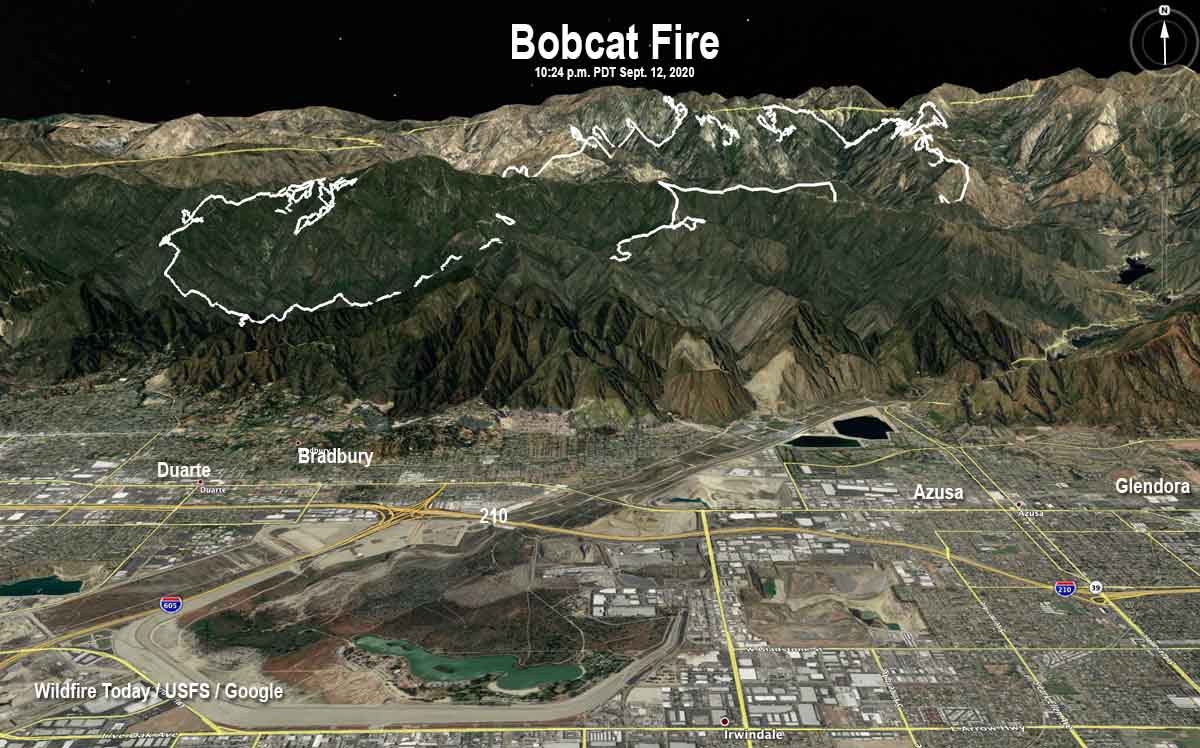
Resources assigned to the fire include 18 hand crews, 72 engines, 5 helicopters, and 7 dozers for a total of 813 personnel.
